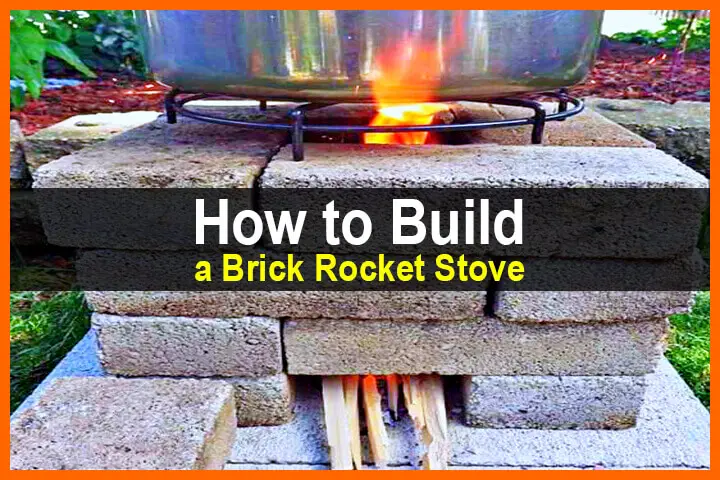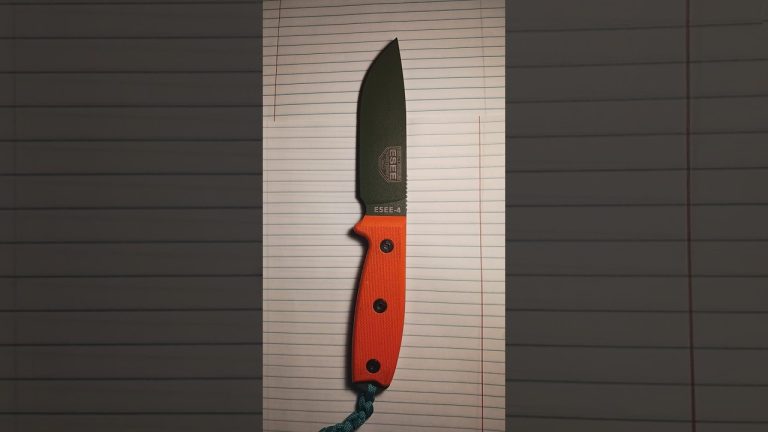Estimated reading time: 9 minutes
A rocket stove is a wood-burning stove with a vented design feature that draws air through the base of the stove to fuel the flames. A man by the name of Dr. Larry Winiarski is credited with the invention of the contemporary rocket stove in 1982. Here was how the original concept was described.
Want to save this post for later? Click Here to Pin It On Pinterest!

The fundamental design first appeared in ancient Rome and the concept was even used by Army scouts in the 1800’s to create something known as the “Dakota Fire Pit.”
This was a stealth campfire built into the ground using an angled chamber dug into the side and towards the bottom of the pit to draw air into the bottom of the pit and fuel the fire.

Winiarski’s motivation for inventing the rocket stove was to provide a solution to people living in developing countries that had scant wood supplies, or lived in smoke-filled shelters due to poor combustion with traditional fires. The rocket stove burns hot and most of the smoke is consumed in the flames of combustion.
The fundamental design is an “L” shaped chamber made from sheet metal, pipes or in our case –bricks. There are commercial variations of the rocket stove available.

All feature the L-shaped configuration that makes a rocket stove work.
Constructing a Brick Rocket Stove

Our brick rocket stove uses 16 standard size bricks and 3 large bricks for the base. We also used an old, metal pot support from a gas grill to support cooking pots and pans over the top of the stove.

The construction uses gravity to hold the stove together. No mortar or cement required. No tools are required either but you’ll need to find a way to cut or break one brick in half when building the walls of the stove.
Step 1
Place the 3 large bricks on the ground side by side.

Step 2
Arrange 3 ½ bricks on the base to create a “U” shape.

Step 3
Begin to build the second tier of bricks using 4 whole bricks. Overlap the seams of the bricks as you go.

You’ll want to have the front brick overhang the opening at the base.

Step 4
Construct the third tier of bricks, once again overlapping the seams of the bricks as you add new layers.

Step 5
Add the final tier of bricks to the top. You could add more bricks to build your chimney higher but using just 16 bricks will give you the properties you need to make a rocket stove work.

Step 6
You’ll have a remaining half a brick. Place this on the base in front. You can use this brick as a damper to limit the amount of air that enters the combustion chamber if you want to reduce the flames.

Step 7
Place your metal pot support on top. You could also use a few pieces of iron rebar or anything else that’s metal and will support a pot or pan. You don’t want to simply place a pot on top of the bricks because that will restrict the air flow. Air flow is what a rocket stove is all about.

Step 8
Add some paper, tinder and kindling through the top of the stove and then push in some more kindling and sticks into the bottom opening.

Step 9
Light the fire. You’ll want to have extra wood on hand but a rocket stove burns a small amount of wood and burns very hot.

Don’t be surprised to see flames erupting from the top of the combustion chamber. You’ll also notice little or no smoke.

Step 10
Place your cooking pot or pan on the grate and begin cooking. Keep an eye on whatever you’re cooking because the fire will be very hot.

Also, make sure you keep feeding the fire because combustion is very efficient in the fire chamber and the wood will burn quickly.

Unique Uses for a Rocket Stove
There are some things a rocket stove does very well, and a couple of things you might want to avoid. Here are some of the tasks that a rocket stove can do extremely well:
- Bring a large pot of water to a boil quickly
- Boiling maple sap or other tree saps for making syrup (although you’ll need to feed the fire often)
- Frying thick cuts of meat or fish that require a high and steady temperature
- Roasting on a stick or skewers but turn them regularly
- Cast iron cooking (in fact, cast iron is best for cooking on a rocket stove)
Rocket Stove Fails
- Not recommended for slow and long simmering. The fire is too hot for simmering (although using the small half brick to close off the opening may allow for a short period of simmering)
- Not recommended for thin aluminum cookware common in some backpacking mess kits. The high heat could actually warp and even melt the aluminum
- Not recommended for sautéing delicate foods with a small amount of oil. It can and will quickly burn delicate foods in a sauté.
- Forget it if you want to roast marshmallows. It will quickly carbonize them into a black ball of flame.
- Using clay bricks that have been subject to high moisture or soaked in water. The high heat and steam could cause the bricks to explode. Concrete bricks are best.
It’s Worth Giving it a Try
If you ever find yourself in a situation where you have a short supply of firewood or need intense and high heat for a cooking or heating task, a rocket stove is an excellent solution.
What’s great about our brick rocket stove is that you can easily disassemble it and rebuild it in any location. Just make sure the bricks have cooled down before taking it apart.



















